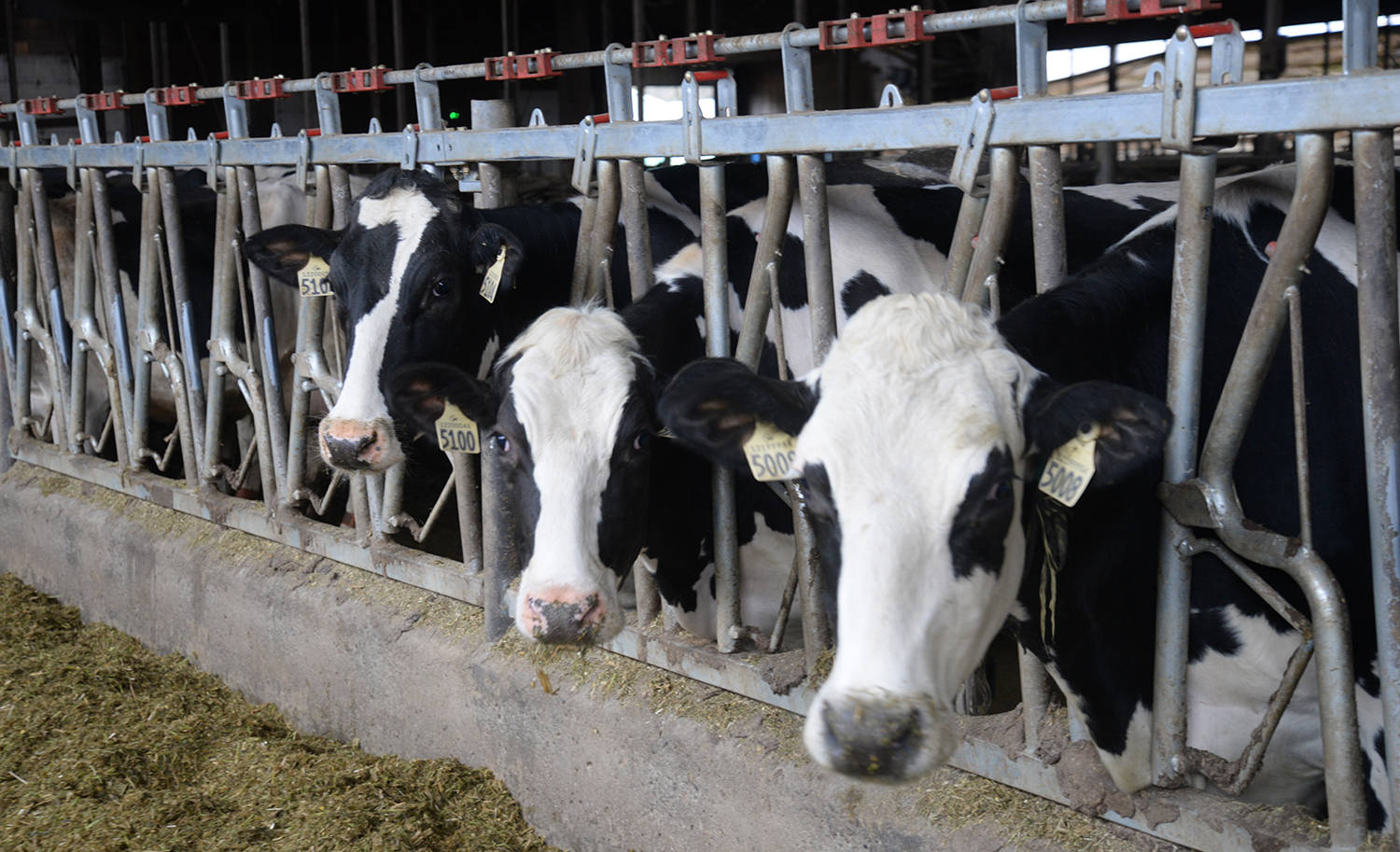With the continuing trade negotiation struggles with the U.S. and the contentiousness over Canada’s dairy industry, a three year old research paper is making news once again.
The paper — published in 2015 and written by a pair of professors and another instructor at the University of Manitoba — concludes that Canadian low-income consumers of dairy and poultry would greatly benefit from lower prices once the supply management systems are ended in both industries.
Entitled Milked and Feathered: The Regressive Welfare Effects of Canada’s Supply Management Regime, the paper focuses strictly on the comparison of the effects on consumers in both the present system and an economic model based upon an open market.
Dr. Ryan Cardwell, an associate professor in the department of Agribusiness and Agricultural Economics at the University of Manitoba — who authored the paper.
He worked in conjunction with Chad Lawley, also an associate professor in the department of Agribusiness and Agricultural Economics at the U of M, as well as Di Xiang, who is an instructor in the university’s department of Economics — noted supply management is a government policy that essentially acts as a tax on staple food products with the revenue going to those industries.
“The point of the paper and what we were most interested in finding was how are the effects of that tax borne by households at different levels income,” Cardwell explained.
“How significant is that implicit tax with those higher prices, how significant are they for a household making $100,000 compared to how significant are they for a very low income household making $20,000 per year?”
Cardwell noted the findings demonstrated that the percentage of income paid for these supply managed products is about five times higher for poor households than it is for rich households.
“This paper was explicitly focused on consumers. We weren’t really setting out to see if prices are higher, because we know that. We knew we would find a difference, the question was how different,” he said.
“It’s a regressive tax, because it’s the poorest households who pay the highest implicit tax rate as a result of this policy.”
The paper uses data from a 2010 Canadian Food Expenditure survey to create a statistical model, which then estimates how consumers will respond in certain situations. The paper outlines two such situations: price changes in dairy and poultry in the current supply management system and in a conceptual unrestricted open market.
The results showed Canadian low income households paid about 2.3 per cent more of their annual income (an average of $339) in these products because of supply management’s higher prices compared to higher income households, which paid just 0.5 per cent (an average of $554) more. In addition, households with children paid a much larger burden, according to the paper.
“The percentage rates will change from year to year due to the exchange rate and income changes, but the ratio of 5-1 stays pretty stable over time,” Cardwell said.
While Cardwell admitted the paper didn’t look at any possible affects on industry if supply management were discontinued, he added prices were not likely to be affected if the United States continued its current agricultural subsidization policies.
“It doesn’t actually affect our results. The underlying component of our research is what price do consumers pay for milk now and how much do they buy at those prices? Then we need a model to see if we got rid of supply management what would happen to milk prices,” he said.
“What we argue in the paper is that those prices would approach the prices that American consumers pay. Of course what American consumers pay for milk are affected by subsidies certainly, but what happens in Canada has no affect on what they do in subsidies. Whatever we do, U.S. prices will not be significantly affected.



